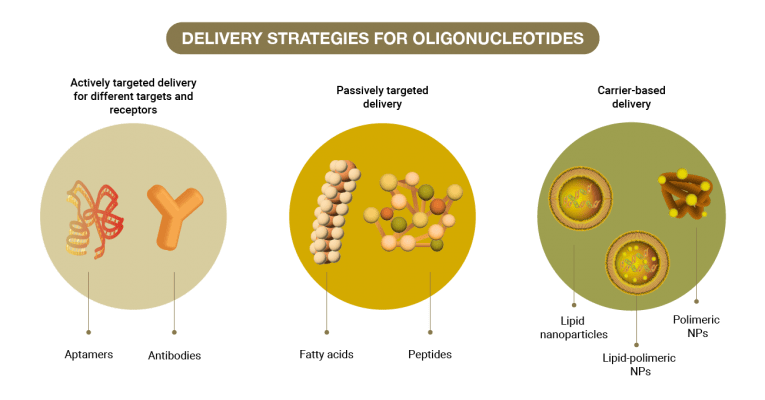What is it?
The term nanotechnology refers to a multidisciplinary field concerned with the study, design, synthesis and application of functional materials and systems through the control of matter at the nanoscale level (National Nanotechnology Initiative, 2016). More than the joy of manipulating matter at small scales, what is interesting in nanotechnology is the study of the unique physical and chemical properties of nanostructures (e.g. surface properties, rheology, electrical conductivity and magnetism, among others). In recent years, nanotechnology has had a huge impact on different areas of research. This is the case in biology and medicine.
•
Exceptional molecules
A nanosystem is a structure used as a vehicle to transport compounds throughout the body in an efficient manner.
The incorporation of a drug into a delivery system improves its solubility, protects it from harmful external agents such as oxygen and allows for targeted and controlled releases.
The vehiculization of a drug also enables better control of its pharmacokinetics, modification of the circulation time and avoiding non-specific interactions thanks to an appropriate coating. This also makes other routes of administration possible due to increased solubility and protection against gastrointestinal disorders. Reaching difficult targets will be easier, making it possible to overcome the blood-brain barrier to treat or diagnose diseases of the central nervous system.
In addition, through a specific strategy, the nanocarrier can be tracked with non-invasive imaging techniques to learn its ADME profile or to detect disease biomarkers as a diagnostic method. Finally, and most importantly, the nano-vehicle will accumulate at the active site reducing toxicity issues.

 Español
Español
